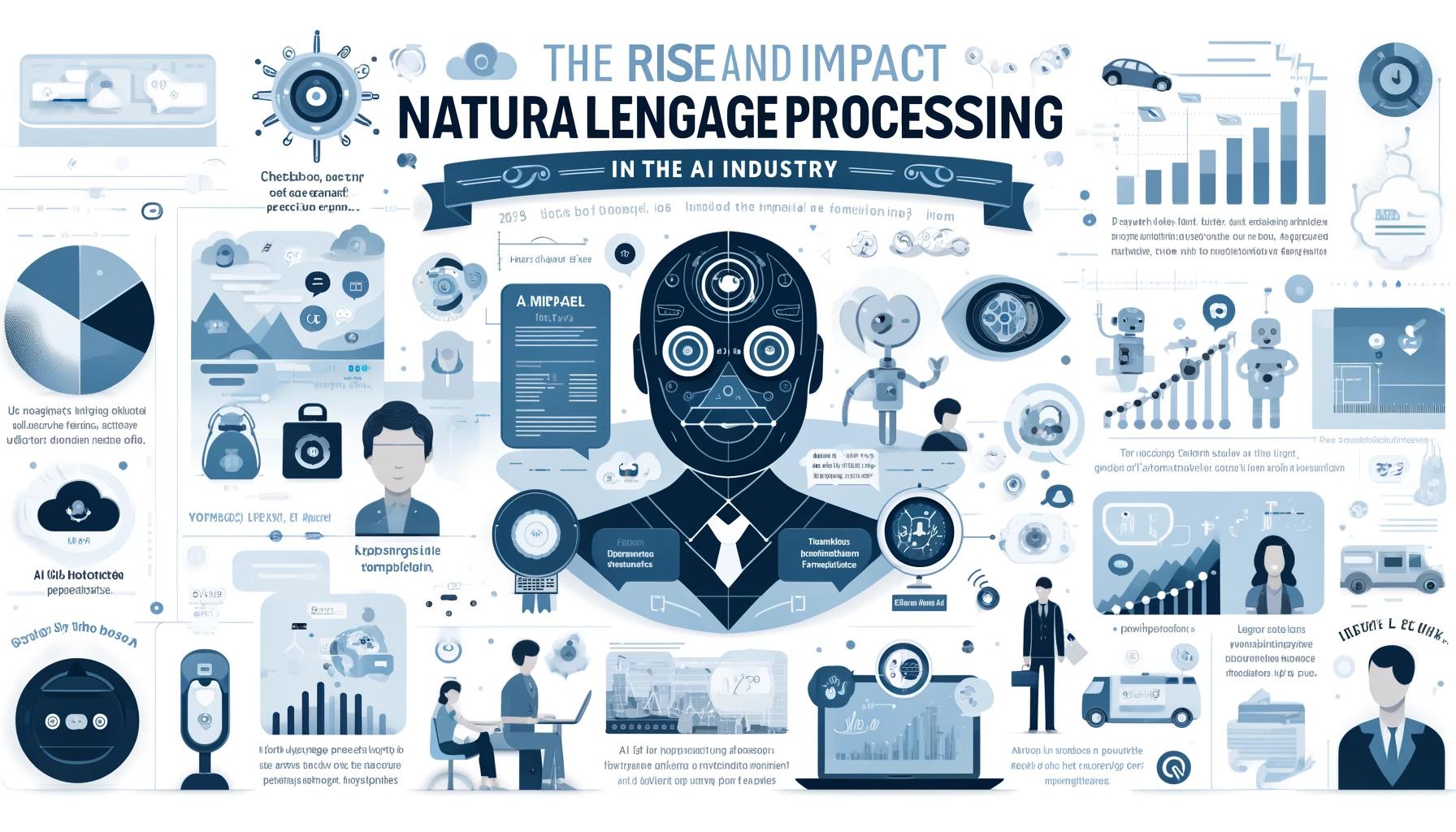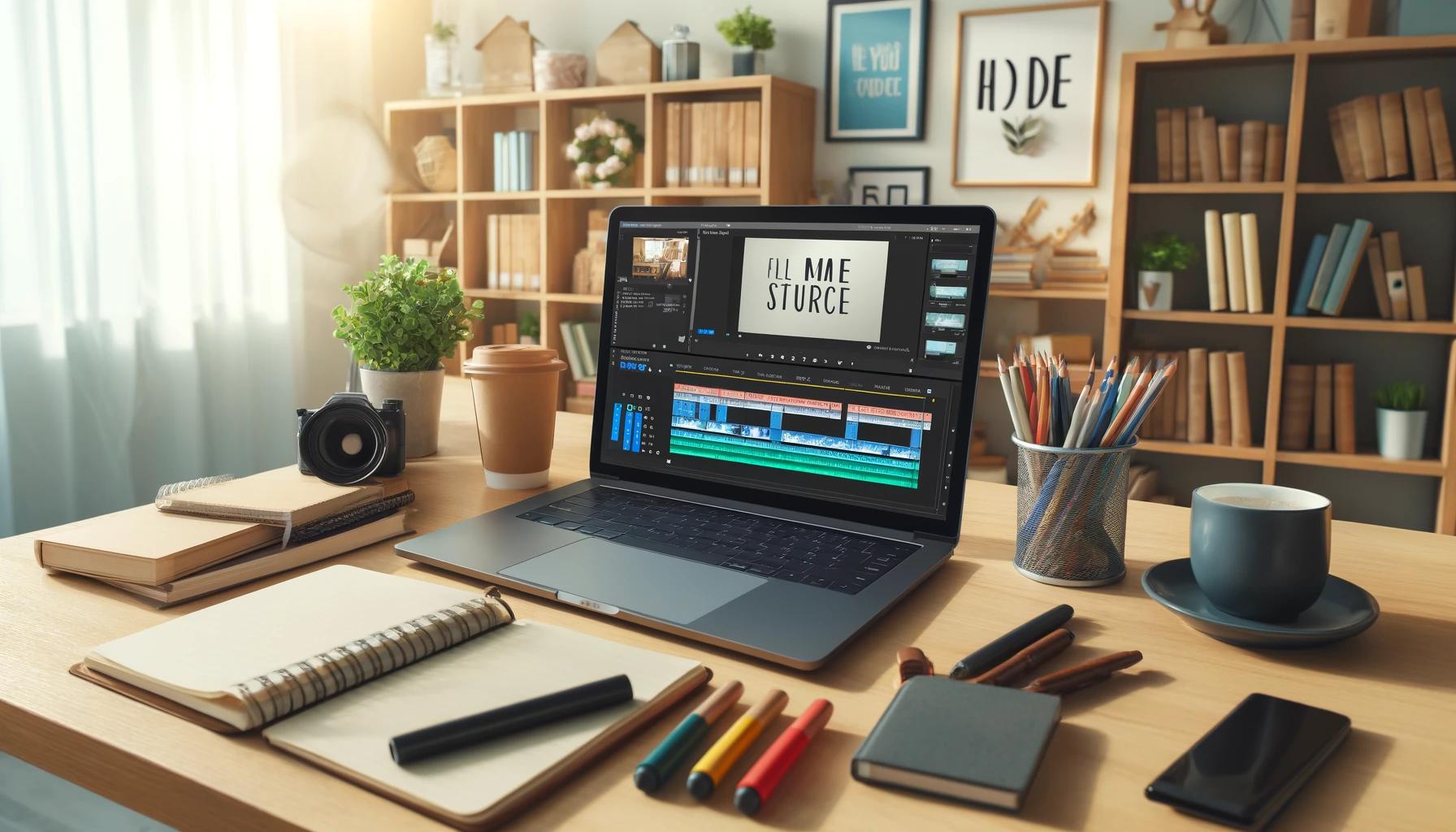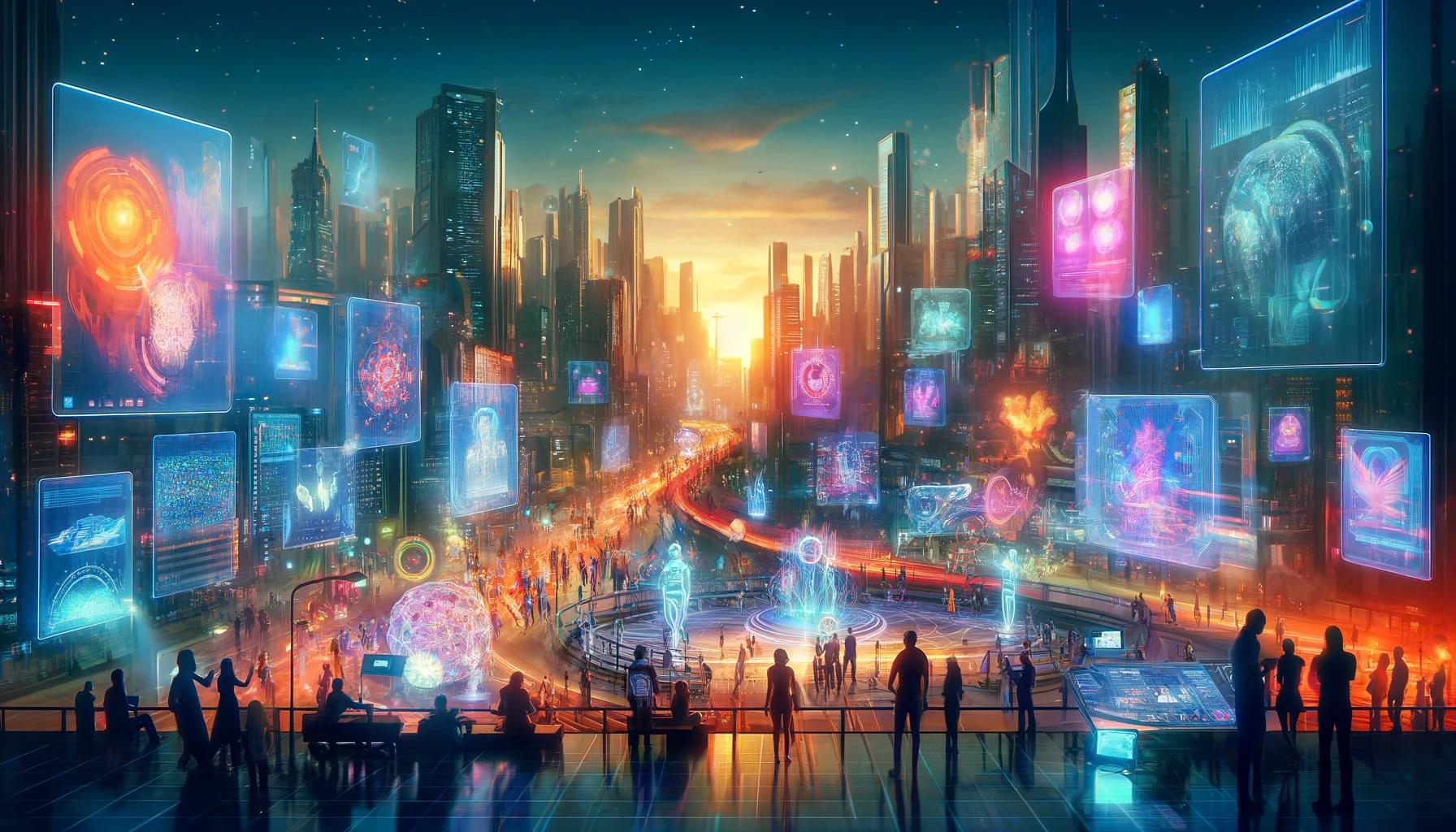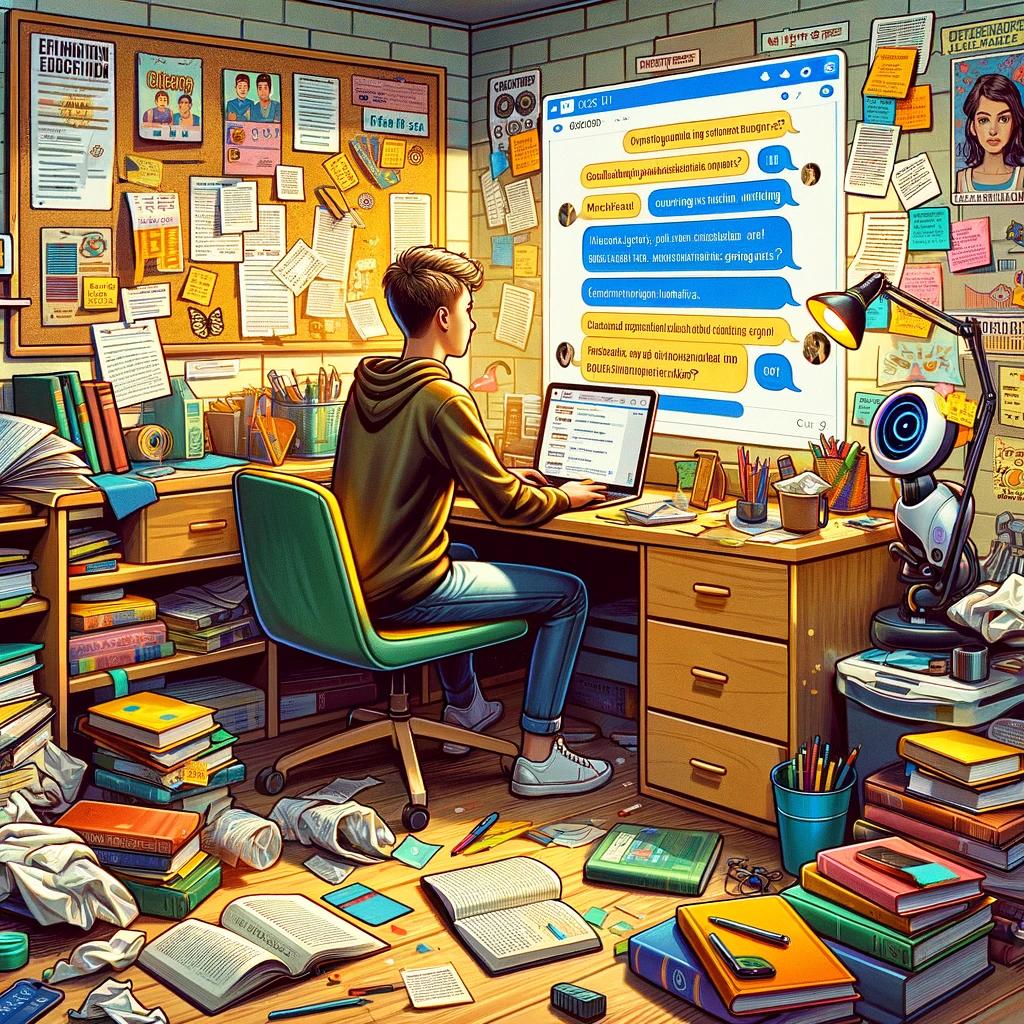Smart Learning with Tech: The Role of AI Assistants in Today’s Classroom

The past few years have ushered in a transformative era in the realm of education, marked significantly by the largest distance learning experiment the world has ever seen. With millions of educators and students adapting to remote learning, the landscape of education has been reshaped, highlighting the undeniable potential of the classroom of the future. As we navigate through these changes, the concept of smart learning has emerged as a beacon of progress, incorporating advanced technology and AI in education to foster a more interactive, engaging, and flexible learning environment.
The Rise of Hybrid Learning
Hybrid learning stands at the forefront of this educational revolution, blending the traditional classroom experience with the innovative features of online education. This approach not only prioritizes flexibility but also leverages technology to ensure that learning remains uninterrupted, regardless of physical location. From K-12 to higher education, smart learning tools have made it possible for classes to transition seamlessly between on-site and remote formats, ensuring that every student has access to quality education.
The Backbone of Hybrid Education: EdTech and Video Conferencing
At the heart of successful hybrid classrooms is Education Technology (EdTech), a sector that has seen exponential growth in recent years. EdTech encompasses a wide range of tools, including software and hardware, designed to enhance the learning experience. Popular platforms like Google Classroom and Apex Learning exemplify how smart learning tools can facilitate synchronous classes, provide access to digital resources, and allow students to learn at their own pace, tailored to their individual learning styles. Video conferencing platforms have become essential in replicating face-to-face interaction, with options like Zoom, Webex, and Skype offering diverse functionalities to accommodate the needs of remote classrooms. These platforms ensure that the learning experience remains interactive, engaging students through features like breakout rooms, screen sharing, and real-time feedback.
Enhancing Interaction with Smart Video Cameras
To further bridge the gap between remote and in-person classes, smart video cameras offer a solution. Devices like the Meeting Owl Pro camera, with their 360° capabilities, ensure that remote students feel as though they're part of the classroom, fostering a sense of inclusion and engagement. By making virtual interactions more natural, these cameras play a crucial role in supporting the camaraderie essential for a cohesive learning environment.

Maximizing the Potential of Hybrid Learning Tools
Integrating various smart learning tools is key to unlocking the full potential of hybrid education. For example, combining the Whiteboard Owl with video conferencing software allows remote students to engage with content in real-time, offering a comprehensive view of the classroom dynamics. This integrated approach ensures that students, regardless of their location, receive a holistic and inclusive
The Role of Asynchronous and Synchronous Learning Tools
Hybrid learning models benefit from a balance between asynchronous and synchronous tools. Asynchronous learning tools, such as pre-recorded lectures and AI tutors, provide flexibility, allowing students to engage with materials at their own pace. Some AI tutors, like AskSia, also offer step-by-step problem solutions and key concepts explanation so that students truly learn with the platform. Meanwhile, synchronous tools, like live webinars and instant messaging, replicate the immediacy of traditional classroom settings, fostering real-time interaction and collaboration.
Looking Ahead: Smart Learning and AI in Education
The integration of AI in education is set to deepen, offering personalized learning experiences, automating administrative tasks, and providing data-driven insights to enhance teaching strategies. As smart learning tools continue to evolve, they promise to make education more accessible, engaging, and effective for learners worldwide.
In conclusion, the shift towards hybrid learning, powered by smart learning tools and AI, is transforming the educational landscape. By embracing these advancements, educators and students can look forward to a future where learning is not just about information dissemination but about fostering a more interactive, personalized, and inclusive educational experience.










